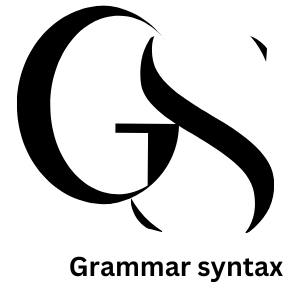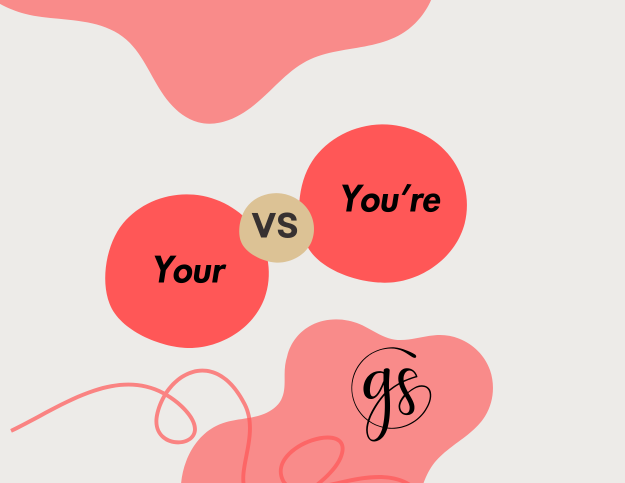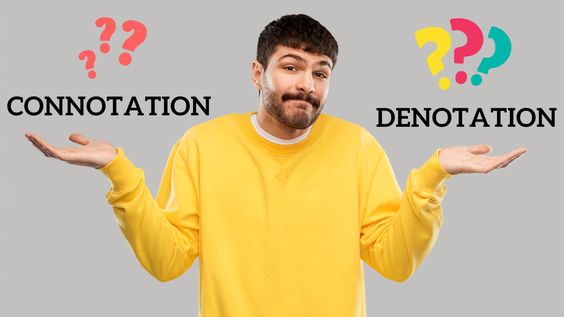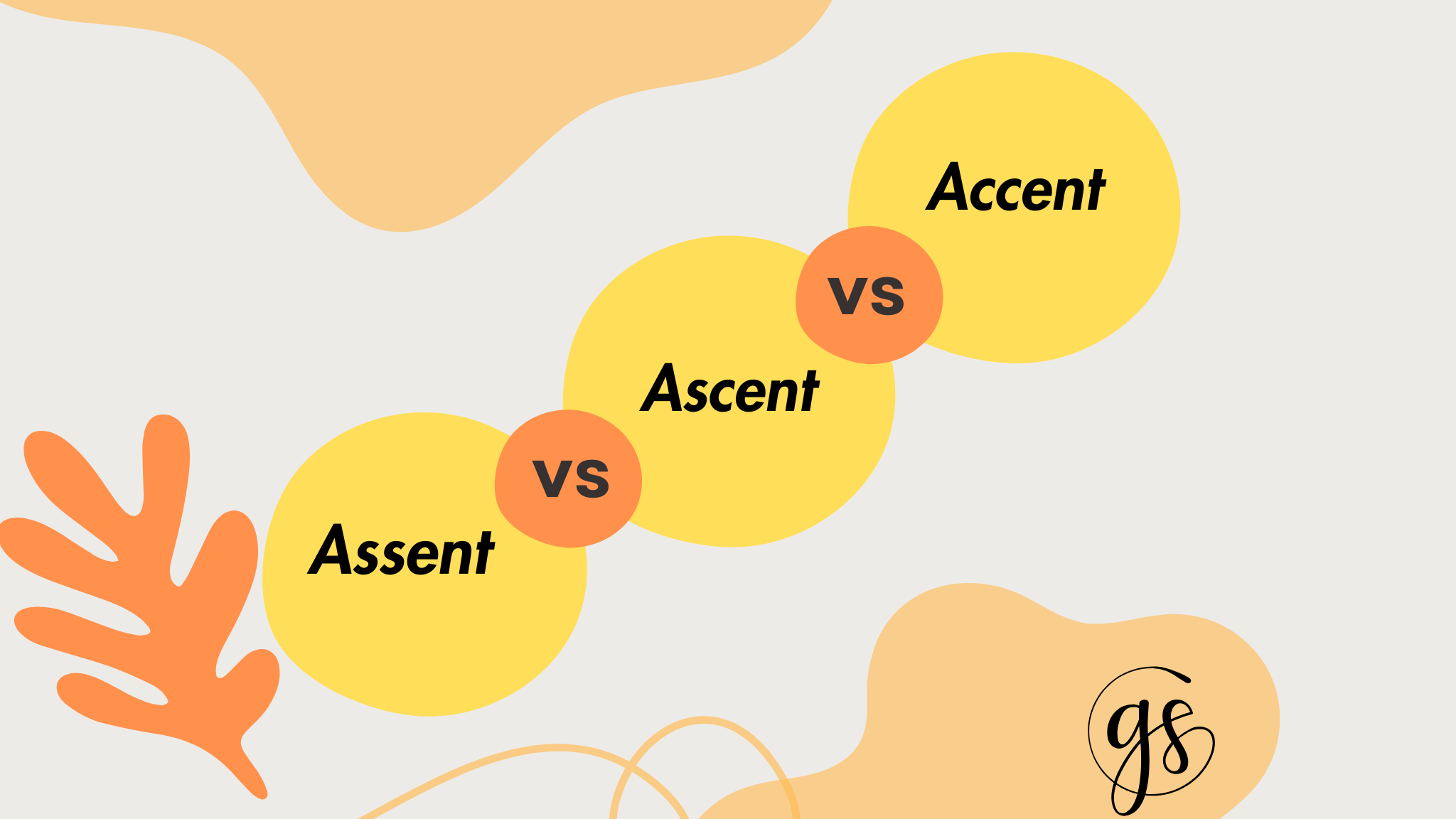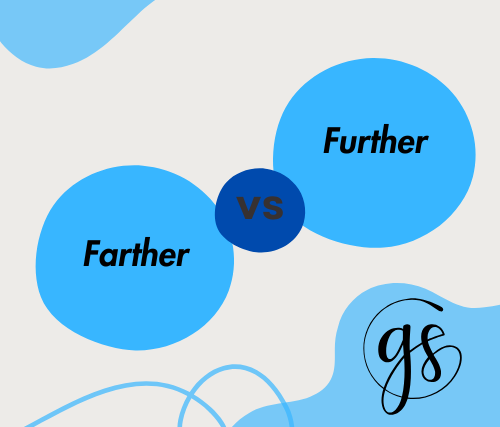Introduction
You is a pronoun. It’s used to refer to the person or people being addressed.
You’re is a contraction of “you are.” It’s used when you want to shorten “you are” in a sentence.
So, “you” is simply the pronoun, while “you’re” is the shortened form of “you are.”
Grammatical value
The grammatical value of “you” is that it functions as a pronoun. Specifically, it is a second-person pronoun used to refer to the person or people being spoken to. It can serve different roles in a sentence, depending on its function. Here are the main ways “you” is used grammatically:
1. Subject Pronoun
When “you” is the subject of the sentence, it refers to the person or people performing the action.
- Example: You are studying for the exam.
- In this case, “you” is the subject, and “are studying” is the verb phrase.
2. Object Pronoun
“You” can also function as the object of a verb or preposition.
- Example: I saw you at the store.
- Here, “you” is the direct object of the verb “saw.”
3. Possessive Pronoun (with context)
Although “you” itself doesn’t directly have a possessive form, in certain contexts, it can indicate possession by using possessive determiners like “your” (as in “your book”) or possessive pronouns like “yours.”
- Example: This book is yours.
- In this case, “yours” refers to something that belongs to the person or people being addressed.
4. Plural and Singular Usage
Unlike some languages, in modern English, “you” is used for both singular and plural forms. This means “you” can refer to one person or multiple people, depending on the context.
- Singular Example: You look great today.
- Plural Example: You all are invited to the party.
5. Politeness or Formality
In formal or polite language, “you” can be used as a respectful or neutral way to address someone, regardless of their social status or familiarity. This is especially important in languages with formal pronouns (e.g., Spanish “usted” vs. informal “tú”), but in English, the use of “you” is standard for both formal and informal situations.
Origin
You Origin
The word “you” comes from the Old English pronoun “ēow” (or “eow”), which was used as the accusative and dative plural form of the second-person pronoun. It originally referred to the plural form of “you,” similar to how “you” can refer to multiple people in modern English. Over time, “you” came to replace the singular forms in many dialects of English as well.
Early Modern English (1500-1700 AD): By the late Middle English period and the beginning of Early Modern English, “you” gradually supplanted “thou” in almost all contexts, both singular and plural. This shift occurred due to social and cultural factors, such as increasing politeness and formality. “Thou” remained in use in some dialects and in literature but faded from common speech by the 17th century.
Old English (circa 450-1150 AD): The second-person pronoun system was more complex. The singular forms were “þū” (thou) for informal use and “ēow” for the plural. The word “ēow” was also used as the polite form (dative/accusative) for addressing one person respectfully.
Middle English (circa 1150-1500 AD): As English evolved, “thou” (informal singular) and “ye” (plural) were used alongside each other. However, “you” began to replace “ye” as the plural form in the 14th century.
You’re Origin
“You’re” is a contraction of “you are”. It’s created by combining the second-person pronoun “you” and the verb “are” (the present tense of “to be”). Contractions like “you’re” have been around for a long time in English, though their widespread use really took off in Early Modern English and especially during the 18th and 19th centuries as part of a natural trend toward simplifying speech and writing.
Modern English: By the 18th century and onward, contractions like “you’re” became standard in informal speech and writing. Formal writing, however, would still use “you are” without contraction in many contexts (e.g., in literature, legal writing, or academic papers).
Middle English (circa 1150-1500 AD): Contractions like “ye’re” (you are) or “thou’rt” (thou art) started to appear in writing during this period, though they were less formal.
Early Modern English (1500-1700 AD): Contractions became more common, and by the 17th century, “you’re” was a recognizable way of writing “you are” in both speech and informal writing.
Your examples
Example 1: Is this your book on the table?
Here, “your” shows possession of the book.
Example 2: I like your new shirt.
In this case, “your” indicates that the shirt belongs to the person being addressed.
Example 3: Your dog is very friendly.
The word “your” shows that the dog belongs to the person being spoken to.
You’re examples
Example 1: You’re going to love this movie!
Here, “you’re” is short for “you are,” and the sentence means “You are going to love this movie.”
Example 2: I think you’re right about the answer.
“You’re” is short for “you are,” meaning “You are right.”
Example 3: You’re really good at this game!
“You’re” stands for “you are,” indicating that the person is good at the game.
Other pronouns
- I
- He
- She
- We
- They
- Us
- Them
Other contraction
- I am → I’m
- He is → He’s
- She is → She’s
- It is → It’s
Conclusion
Mastering the distinction between your and you’re is essential for effective communication in both written and spoken English. While your indicates possession, referring to something that belongs to you, you’re is a contraction of you are, used to convey an action or state of being. Misusing these words can lead to confusion and distract from the intended message, potentially undermining your credibility.
FAQs
When to use you’re or your?
You’re is another way of writing two words: ‘you are’ (as in ‘you’re making a mistake’). Your is a single word, and shows possession of a thing (as in ‘your paper has some mistakes’). If you can substitute the words you are then the correct choice is you’re.
Is it you’re beautiful or your beautiful?
You’re beautiful is correct as a standalone phrase.
